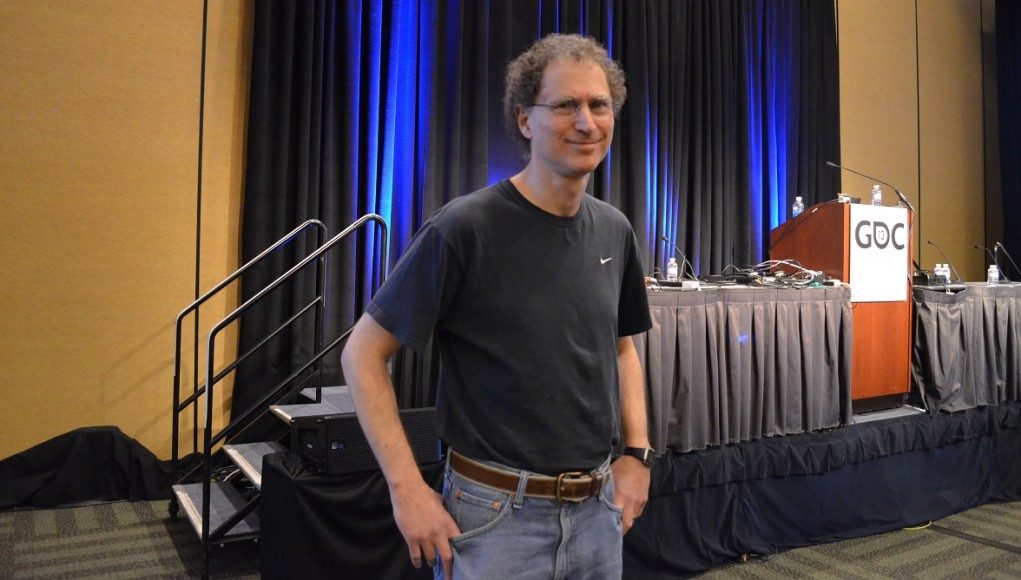At GDC 2013, the legendary Michael Abrash took to the stage to talk about the Oculus Rift and virtual reality. Abrash, now working at Valve, has been researching augmented and virtual reality technology for the company. When he began his talk I thought he was discouraging virtual reality because of the many problems that need to be solved for a truly perfect VR experience. However, as he continued, I realized that he was actually being encouraging — he sees the problems ahead as challenges ripe to be solved by eager developers; this is an opportunity to define the future of gaming. Keep your eye on his blog for more on VR from Abrash.
Updated (4/1/13): Added videos in middle of presentation.
Michael Abrash’s GDC 2013 Presentation: Why Virtual Reality is Hard (and where it might be going)
Good afternoon. I’m Michael Abrash, and I’m part of the group working on virtual reality at Valve. Today I’m going to share as much of what we’ve learned as I can cram into 25 minutes; I’m going to go fast and cover a lot of ground, so fasten your seat belts!
17 years ago, I gave a talk at GDC about the technology John Carmack and I had developed for Quake.
That was the most fun I ever had giving a talk, because for me Quake was SF made real, literally.
You see, around 1994, I read Neal Stephenson’s Snow Crash, and instantly realized a lot of the Metaverse was doable then – and I badly wanted to be part of making it happen.
The best way I could see to do that was to join Id Software to work with John on Quake, so I did, and what we created there actually lived up to the dream Snow Crash had put into my head.
While it didn’t quite lead to the Metaverse – at least it hasn’t yet – it did lead to a huge community built around realtime networked 3D gaming, which is pretty close.
Helping to bring a whole new type of entertainment and social interaction into existence was an amazing experience, and it was all hugely exciting – but it’s easy to forget that Quake actually looked like this:
And it took 15 years to get to this:












